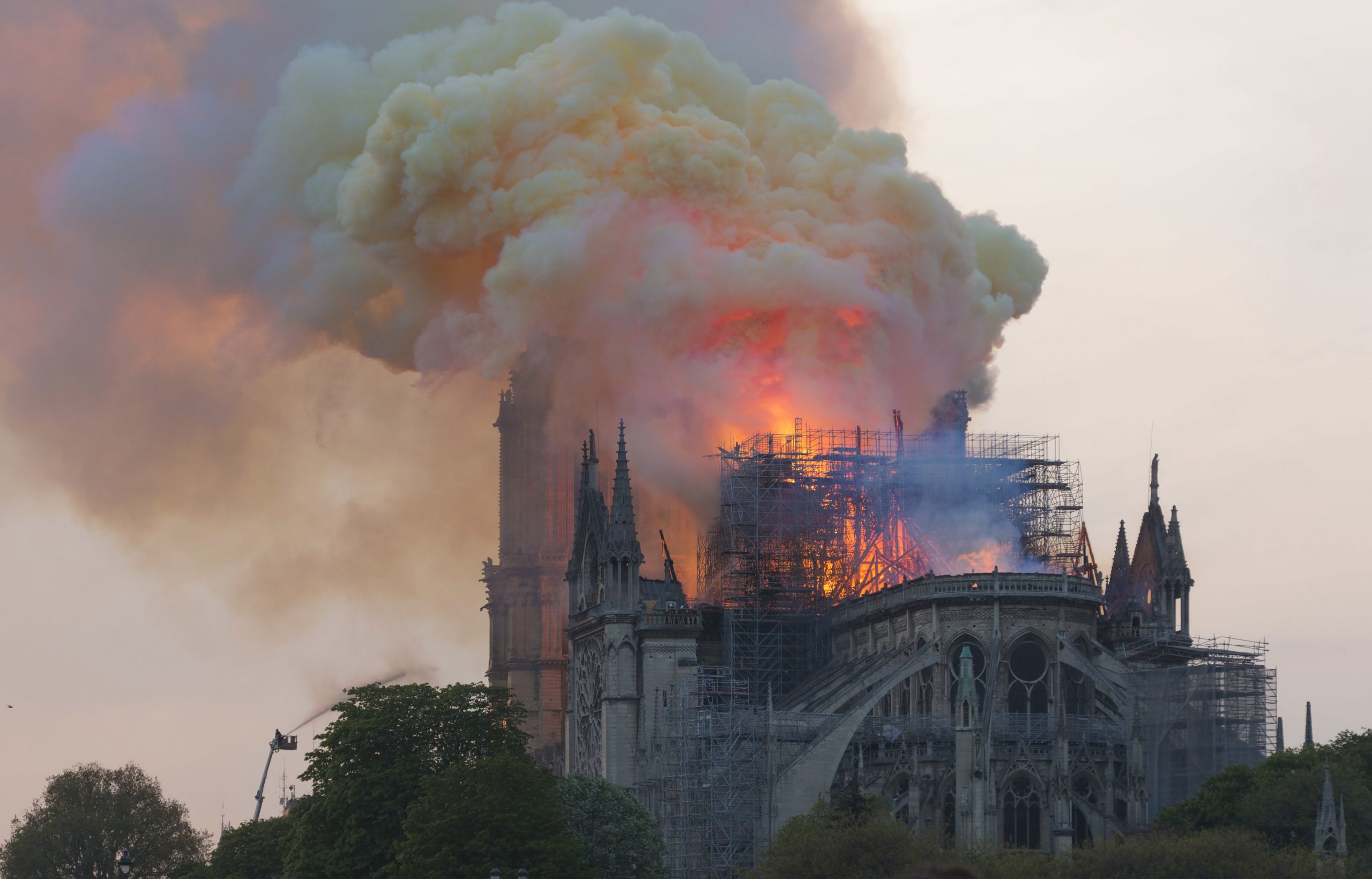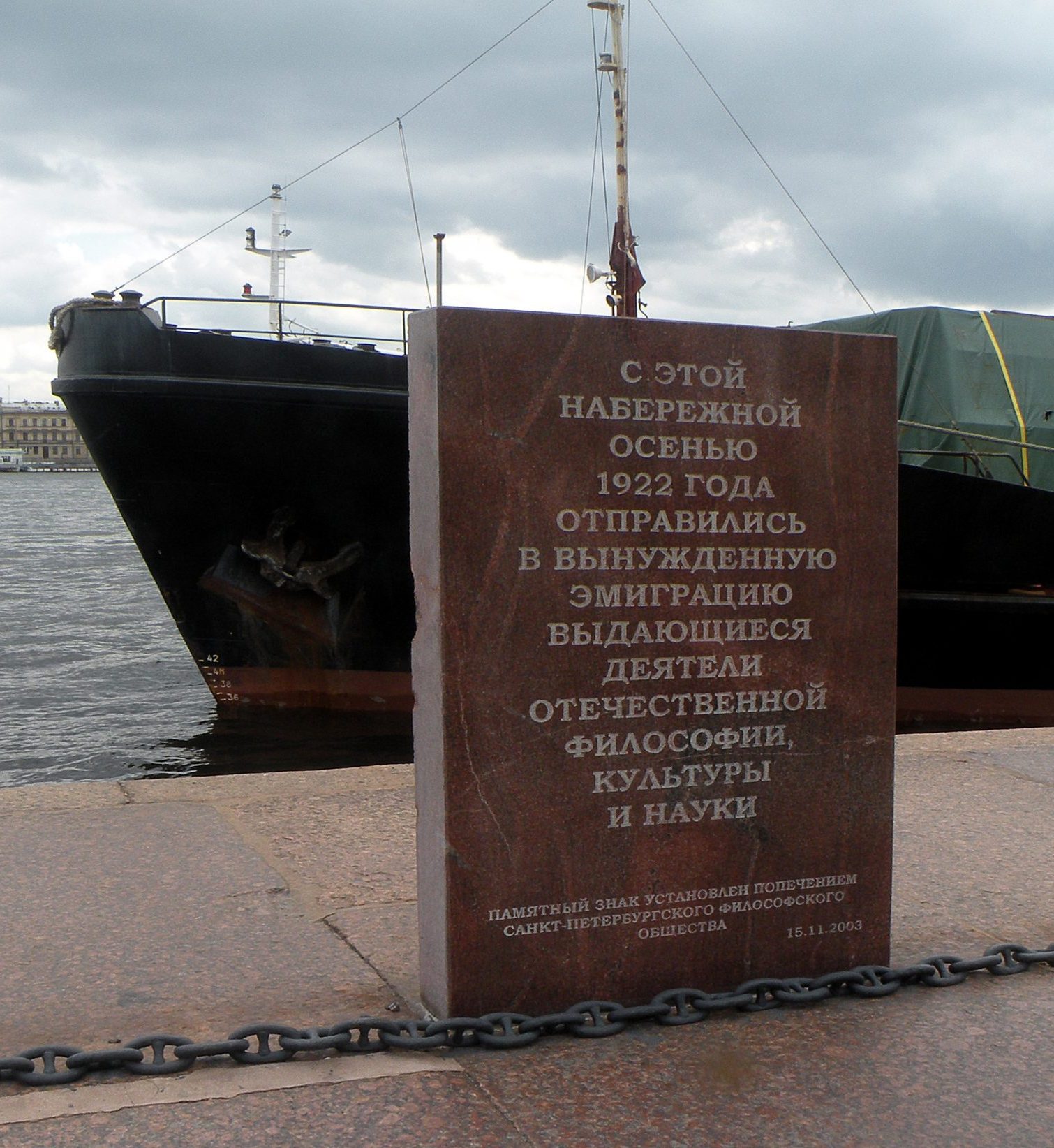Past year results
By Kirill Privalov, Editor-in-Chief, Russian Mind
Kirill Borisovich Privalov
A journalist, writer. He has been working as a journalist since 1973. He collaborated with many Soviet, French and Russian publications. Since 1986, he has been working in Literaturnaya Gazeta, and was its staff correspondent in Paris. Chevalier of the Ordre des Arts et des Lettres and the Ordre national du Mérite (France), he was awarded the Renaissance Francaişe medal for merits in the field of Francophonie. TV and radio host. Author of twenty books in Russian and French. Screenwriter and producer of documentaries about the history of Russia and France.
Each period bears its own sign. This banality could be disregarded, if this did not actually happen. What is the sign of 2022? What marked the year which, according to most experts, opened a new era in the annals of mankind?
As is often the case in life, there are more questions than answers. Let’s try to answer at least some of them. And – alas! – we must believe Georg Wilhelm Friedrich Hegel, who said: history teaches only, that, unfortunately, it never teaches anything.
Not only manuscripts burn
I remembered how the Notre Dame Cathedral burned three years ago… The ancient roof of the historical temple sank and turned into ashes; slowly, like a wounded giant, the famous oak spire – which skilful architects, according to old drawings, restored on plumbic beams in the 19th century – collapsed, being absorbed by flames; fiery tongues, crowned with sparks, soared over the Seine in a column…
The majestic cathedral, the first stone of which was laid by Charlemagne, was almost destroyed in less than eight hours. And where? In the heart of Western civilisation! And when? In the 21st century: nuclear, space, digital era… No scientific or engineering achievements have helped people to ride the whirlwind in a short time. A sign… The symbolism of the fire in Notre-Dame de Paris is hard to miss: as if God himself wanted to warn us in such a cruel way that our civilisation is burning along with the temple.

It turns out that everything may burn, even manuscripts, contrary to the statement of Mikhail Bulgakov. The alchemists lie when they say that “all nature will be renewed by fire” (Igne natura renovatur integra). What kind of “renewal” are you talking about? I don’t know about you, but my hopes for a future being more compassionate towards us, burned out along with the Notre Dame. The final verdict was somewhat restrained by the coronavirus, but the pandemic generated by that evil virus came to its end, and it became clear without choice: each next year will be more difficult than the previous one. As one Russian sage said: “We have everything ahead – and this is what is alarming.”
The year began with a special military operation in Ukraine. Vladimir Putin defined its purpose as “the protection of people who have been subjected to bullying and genocide by the Kyiv regime for eight years.” I understand that. I have been to Donbass before and I appreciate its hardworking people… But I hate war. Any kind of it. I know that sometimes it is impossible to avoid it, but I still hate war. In various extermination battles of the 20th century, my family was ruined, crippled, and disunited. My uncle became a hero of the Soviet Union on Belarusian soil in the first week of the war against fascism, unfortunately posthumously. My grandfather, a badly wounded invalid of the First World War which he stubbornly called the “German war”, passed away with the words: “If only there were no war…” And now it happened again. Dividing the countries into “friendly” and “non-friendly” ones.
Imagining war in the very beginning of the 21st century, not so long ago seemed to me as impossible as the destruction of the Notre Dame Cathedral. However, something ugly similar already happened earlier. I don’t want to remember this – it hurts! – but it happened, it happened… On March 4, 1999, NATO bombarded Yugoslavia without the approval of the UN Security Council. Wild aggression continued for more than two months. Almost 2,000 people died only during the air raids, including 400 children. And with an incredible degree of cynicism, Western capitals called this military operation “Merciful Angel”! It turns out that the gunpowder history of the Millennium was by no means launched by Russia.
Such is human nature: someone has only to start – and off we go!..
Anti-Soviet ship
The centenary celebration is rightly called the “jubilee”. The past year was truly a jubilee year for Soviet Russia, with the consequences that marked the entire 20th century. Representatives of Russia, Ukraine, Belarus and the Transcaucasian Democratic Federative Republic gathered in the Bolshoi Theatre building and on December 30, 1922, they decided to establish an unprecedented state: the Union of Soviet Socialist Republics.

Somewhat earlier, on April 16, an agreement was concluded in Rapallo (Italy) between the Weimar Republic (Germany) and Russia (RSFSR) on the restoration of diplomatic relations and the settlement of all disputes. After many years of war and an economic blockade, the new Russia enters the global stage and becomes one of the main actors in the world “concert” (this term originates from the Congress of Vienna in 1814-1815). But at what price?
On the same days, a steamer shipped out of Petrograd with the passengers including N. A. Berdyaev, S. L. Frank, I. A. Ilyin, S. E. Trubetskoy, A. A. Kizevetter… That was the “Philosophers’ Ship” – six days before Lenin’s apoplexy, the Bolsheviks decided to deportee the elite of Russian scientific thought in several stages. Many of those refugees will inevitably settle in Paris. Where, on May 18, at the Majestic Hotel, visiting the English philanthropist and writer Sydney Schiff, the great authors of the century will meet for dinner: Marcel Proust, James Joyce, Sergei Diaghilev, Igor Stravinsky, Pablo Picasso, Eric Satie, and Clive Bell. They will not find a common language… Intellectuals of all countries, in general, have traditional difficulties with a “common language”.
Sanctions are just sanctions, but culture is on a schedule
Time magazine has rated 2022 as “the worst year ever.” Pessimists from the shores of Albion are unaware of the Russian spirit-uplifting principle: “There’s more to come!” Moreover, no sanctions are able to mute the voice of Russian culture. “Beauty will save the world,” the hero of Fyodor Dostoevsky believed. I believe in it too. More precisely, culture is the best medicine at the time of military trials. Here you can, of course, recall the words of the Frenchman Charles Montalembert: “If you do not deal with politics, politics will deal with you.” However, over the recent year, there were incredibly many cultural events everywhere, from Moscow to the very outskirts of Russia.
Judge for yourself!
The Pushkin State Museum of Fine Arts (Moscow) held the main exhibition of the year: Brother Ivan. Collections of Mikhail and Ivan Morozov. There was no doubt that it would be a sensation after the Russian collection returned to Moscow from Paris, where it was visited by a record 2.5 million French women and men. For the first time in the century Moscow showcased the works by both Western (Sisley, Munch, Renoir, Picasso, Manet, etc.) and Russian (Vrubel, Serov, Vasnetsov, Larionov, etc.) artists in one artistic space. So it was in the Morozov collection: one culture, one civilisation.
The exhibition of contemporary Indian art India! New Art took part at New Tretyakov Gallery on Krymsky Val. More than 80 works – paintings, video installations, 3D art objects – arrived from the Kiran Nadar Museum, which is located in the capital of India, New Delhi…
And the major solo exhibition of Igor Grabar dedicated to his 150th anniversary of birth continues in the “classical” Tretyakov Gallery, in its main building, which happens for the first time in recent decades. A native of Carpathian Rus, Grabar was not only a remarkable Russian and Soviet artist, but also became famous as a master of museum and restoration affairs, as an art critic and teacher. He headed the Tretyakov Gallery, the Commission for the Discovery and Preservation of Monuments of Old Russian Painting, the Moscow State Art Institute…
On the other bank of the Moskva River, visitors to the Historical Museum saw the “Treasures of the Museums of Genoa” – this is the name of the exposition from the collections of the Italian port city to include the paintings from the Cathedral of St. Lawrence and the funds of Strada Nuova, paintings by the Fleming Anthony van Dyck and the Genoese master Alessandro Magnasco. And, as the crown jewel of the exhibition, the canvas Ecce Homo of the incomparable Caravaggio.
After twenty years of living in Paris, I, like many inhabitants of white-stone Moscow, left the capital city a few years ago and settled outside the city, in the countryside in its truest sense of the word. So, next to me, in a “rural backwater”, the New Jerusalem State Museum is located, which is the cultural and educational part of Russian Palestine surrounding the majestic Resurrection Monastery of New Jerusalem. Just before the New Year, the museum opened the exhibition Under the sign of Rubens. Flemish paintings of the 17th century from Russian museums and private collections.
Sanctions are just sanctions, but culture in Russia is on a schedule. Note that 67 iconic works of masters of the heyday of Flemish art were brought not from the Netherlands or Belgium, but from Russian regional museums and private collections of Russian collectors. The works came out of the workshops of the main artists of the golden period of the Flemish School: Anthony van Dyck, Jacob Jordaens, Frans Snyders, Jan Brueghel the Velvet, David Teniers the Younger and even Peter Paul Rubens. Including extremely rare works of the authors, whose artistic heritage exists today in single quantities. So, I managed to see the only signed work of the female artist Joanna Vergauwen – a rare case for that period. That is a unique exhibition in its scope!
The Monastery of New Jerusalem is a Russian wonder of the world located fifty kilometres far from Moscow. And the museum, where I have previously enjoyed the masterpieces of Picasso and Faberge, Chagall and Falk…
One could, of course, focus on such outcomes of the year as the death of Queen Elizabeth II and the victory of Emmanuel Macron in the uncontested elections, the short forty-four-day rule of Liz Truss and the assassination of Japanese Prime Minister Shinzo Abe… But it seems to me that it is much more interesting to talk about a wonderful exhibition Avant-garde: on a cart into the 21st century, held at the Museum of Russian Impressionism in Moscow. More than three hundred paintings by Vasily Kandinsky, Nikolai Feshin, Ilya Mashkov, Alexander Rodchenko… Incredible story! In 1921, in the Vyatka province, after travelling exhibitions, masterpieces of avant-garde artists remained in provincial museums due to autumn impassability. And for the first time they were united and shown to the general public. That’s good: it’s much nicer to forget about the “curse” of the charred Notre Dame Cathedral and finally start talking about the results of the year in arts, literature, sports, especially after Argentina’s victory in the World Cup. And about the culture of the country, which did not enter the avant-garde of the 21st century on a cart at all.




